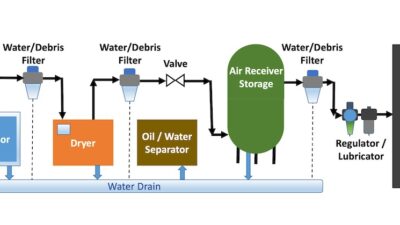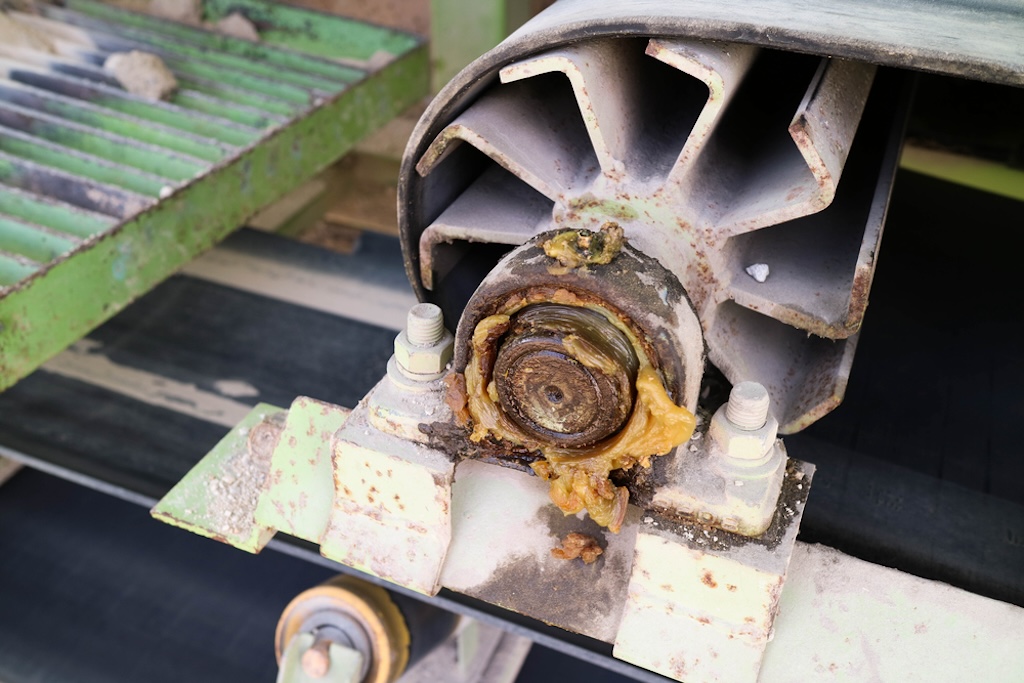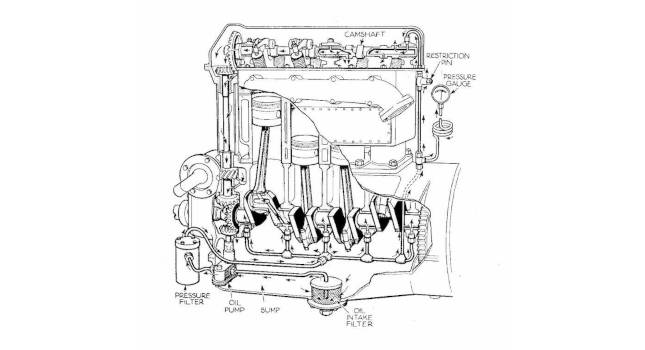If purchased fuel is the 'currency' of an industrial plant's energy budget, then mechanical insulation is one of its 'savings' components. Just as savings have a specific place in a financial plan for creating wealth, so does insulation play a role in optimizing a plant's valuable energy resources.
|
If purchased fuel is the "currency" of an industrial plant’s energy budget, then mechanical insulation is one of its "savings" components. Just as savings have a specific place in a financial plan for creating wealth, so does insulation play a role in optimizing a plant’s valuable energy resources.
According to the U.S. Department of Energy’s BestBractices Steam program, mechanical insulation should be used on any surface over 120 F. Boiler surfaces, distribution mains, condensate return pipes, and vessels, and hardware fittings should all be properly insulated to conserve thermal resources.
Benefits
Two tips sheets, part of a series of BestPractices Steam tip sheets that currently numbers 19, discuss the benefits of mechanical insulation and demonstrate the calculation of energy savings that it provides.
The value proposition is not the steam itself, but the heat that steam provides. Steam can efficiently and safely dispatch thermal resources from the boiler to multiple locations within a plant, usually to locations appreciably distant from the steam source.
Potential savings from insulation application and upgrades may reduce fuel consumption anywhere from 3% to 13%, according to the U.S. DOE’s Industrial Assessment Center program.
By conserving thermal resources, insulation not only saves money but also improves plant productivity. In this sense, insulation makes money for the plant. In addition, the expense relief that it provides becomes a new source of cash that can be applied to other processes in the plant, or to marketing and administration. All of these benefits make insulation a priority for plants in a competitive marketplace.
Plant managers depend on insulation not only to conserve thermal resources throughout a steam system, but also to enhance process stability, ensure personnel safety, and attenuate noise.
Installation
Two prime considerations are "whether the insulation is dry and snugly fitted, and whether there is enough of it," suggests Don Wulfinghoff, author of the Energy Efficiency Manual .
Moisture drastically reduces the heat retention capabilities of insulation. But if the insulation system — insulation and protective jacketing — is properly specified and installed for the steam application, moisture penetration is reduced and the insulation system remains effective indefinitely.
The performance of the insulation system is maximized when the correct thickness is specified for the application. Energy savings justify insulation up to a certain thickness, beyond which any additional economic or energy savings may not be worth the cost.
Examples
Results are sometimes dramatic: a plywood plant in Georgia upgraded the insulation on steam lines to its dryers. This allowed the plant to reduce its steam load by 6000 lb/hr and cut its fuel bill. The investment paid for itself in 6 mo.
An insulation energy appraisal was performed on a chemical plant in Kentucky. They had a nagging maintenance issue, and over the past 5 yr had discussed the cost and value of fixing and upgrading the insulation on their distribution lines. A $300,000 investment in insulation upgrades yielded a $700,000 savings in fuel costs. Payback for the investment: 3 yr. An added benefit was reduced emissions.
More Info: For more information on saving steam energy go to the web sites mentioned in the sidebar or call the BestPractices Clearinghouse. Edited by Joseph L. Foszcz, Senior Editor, 630-288-8776, [email protected]
Best Practices Steam
BestPractices Steam, a U.S. DOE initiative , generates references, diagnostic software, case studies, and industry outreach events for the benefit of the industrial steam community. A series of 19 steam Tip Sheets are available. Each is one-page, providing an overview of a steam improvement opportunity and an example for calculating its economic impact.
Two steam Tip Sheets are devoted to insulation use: Insulate Steam Distribution and Condensate Return Lines and Install Removable Insulation on Uninsulated Valves and Fittings.
Determining the appropriate thickness for a given mechanical component is addressed by "3E Plus," a free software tool developed by the North American Insulation Manufacturers Association, and distributed by BestPractices Steam.
An insulation energy appraisal performed by a certified insulation energy appraiser can provide an energy user with a comprehensive assessment of the piping and equipment in a facility and provide recommendations that will help save energy, reduce fuel costs and greenhouse emissions.
The DOE has embraced the insulation energy appraisal certification training program available from the National Insulation Association. See
Readers are encouraged to visit the BestPractices website at [email protected].



